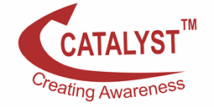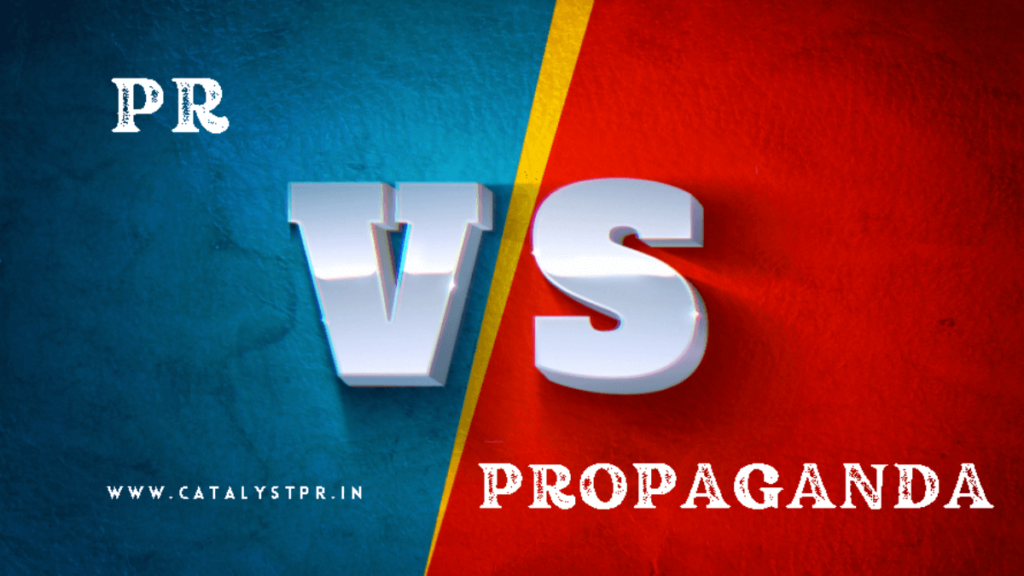In recent days, propaganda has been gaining a lot of importance, for instance, the Indian and American elections were replete with plenty of it. In simple words, Propaganda can be described as a well-planned attempt to make people think and then behave the way the source wants them to. Public relations can be considered a branch of propaganda yet there are intrinsic differences as well. PR seeks to improve the relationship between an organization and the public. While PR is usually done to market a brand, service or a personality, propaganda is more about pushing an ideology and making the audience accept it at a far deeper level.
Propaganda is used as a powerful tool by governments and militia to keep their target on their side. This is a strategy that has been employed for many centuries. Even as far back as the days of Julius Caesar, when he was faced with an upcoming battle, he would garner the support of the public by using publications and staged events. Propaganda played a major role in recruiting support for First World War in the USA and this was done by appointing President Woodrow Wilson\’s Committee on Public Information. Their American war propaganda campaign was headed by renowned journalist George Creel. “Four‐Minute Men” was a concept introduced as part of this. 75,000 of them were trained to deliver powerful 4-minute speeches at schools, churches and other public places. The tempo was increased by combining this with latest war news and brief patriotic appeals to support it. All newsreel footage that was released underwent stringent military censorship, for instance any photos showing the faces of American dead were removed.
Hitler was one of the most successful in using propaganda to further his ideology and it propelled the Nazi’s rise. He appealed to the fears and hatred of people who felt that they were being wronged or marginalised. Intellectuals were portrayed as being unpatriotic and a brand of Nazi nationalism was pushed. Movies, events and the media on a large scale were used. The opposition was portrayed as traitors. Hitler was promoted as the only solution and deference to his leadership was demanded. What started as small pieces of promotion when used in a well-planned and targeted way led to violence against the Jews and Hitler’s rise to power.
What is common between PR & Propaganda?
Both these have a specific target audience and they work to shape their thoughts, alter perceptions and influence public opinion. Both use a variety of media platforms to reach out to their target and the approach is systematic. However, it’s the intentions that are quite different.
The difference between PR and Propaganda
PR is based on truth and works around the premise of presenting truth in a positive light. For instance, if a politician had made an adverse comment on say a topic like the environment, PR would immediately go to work by creating a buzz around something positive like making him plant a tree. Propaganda on the other hand is not about truth but about pushing an agenda. It works by spreading half-truths, twisting words, providing false information and so on with the goal of influencing public opinion. The underlying objective is to create an “Us” Vs “Them” situation.
Another key difference is that propaganda is a one-way communication while PR is free-flowing two-way communication. Propaganda is all about appealing to the emotion while PR is about the intellect. PR is more about raising awareness or creating interest about something while propaganda is all about pushing an agenda strongly.
Filtering news
Propaganda is highly aggressive and uses money and power to filter out the news that goes against the goals set. This allows the client usually the government or militia to direct thoughts and marginalise the views of opposing views. This helps override other views and get their messages across to the public. PR is more fact-based and even any kind of negative publicity is countered through explanations, apologies or actions.
Contemporary PR and propaganda
Today, both PR and propaganda rely a lot on digital media. Social media has become a way to not only disseminate information at lightning speed, it has also become a space where PR and propaganda battles are being fought. It has become a huge tool that helps transform public opinion. Unlike the mass media, this offers scope for tailored messages intended to well-targeted groups of people.
Propaganda is going to play a far bigger role in PR in the days to come.


